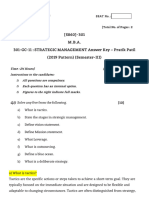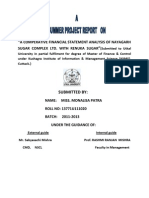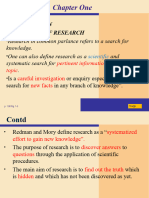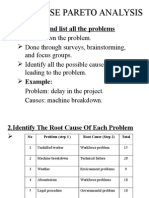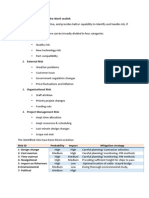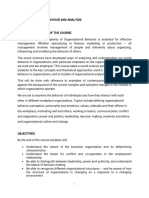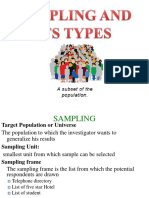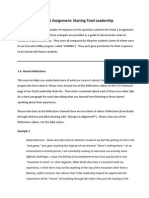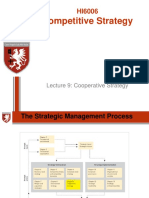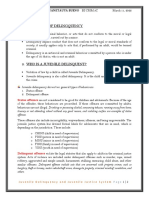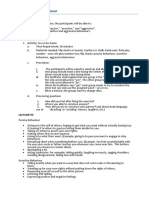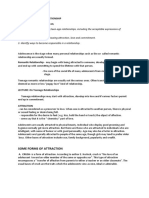0% found this document useful (0 votes)
174 views24 pagesLeadership and Team Building Notes
This document defines groups and teams, and discusses factors that influence their effectiveness. It describes how groups form and develop over time. Key aspects that determine a group's success include its composition, leadership, goals, processes, and dynamics around roles, norms, status, and cohesion. High-performing teams require adequate resources, trust among members, and commitment to a shared purpose and specific, challenging goals. The document provides frameworks for understanding group properties and stages of development, as well as techniques for decision making and building cohesive, productive teams.
Uploaded by
Aditi SharmaCopyright
© © All Rights Reserved
We take content rights seriously. If you suspect this is your content, claim it here.
Available Formats
Download as DOCX, PDF, TXT or read online on Scribd
0% found this document useful (0 votes)
174 views24 pagesLeadership and Team Building Notes
This document defines groups and teams, and discusses factors that influence their effectiveness. It describes how groups form and develop over time. Key aspects that determine a group's success include its composition, leadership, goals, processes, and dynamics around roles, norms, status, and cohesion. High-performing teams require adequate resources, trust among members, and commitment to a shared purpose and specific, challenging goals. The document provides frameworks for understanding group properties and stages of development, as well as techniques for decision making and building cohesive, productive teams.
Uploaded by
Aditi SharmaCopyright
© © All Rights Reserved
We take content rights seriously. If you suspect this is your content, claim it here.
Available Formats
Download as DOCX, PDF, TXT or read online on Scribd
/ 24
